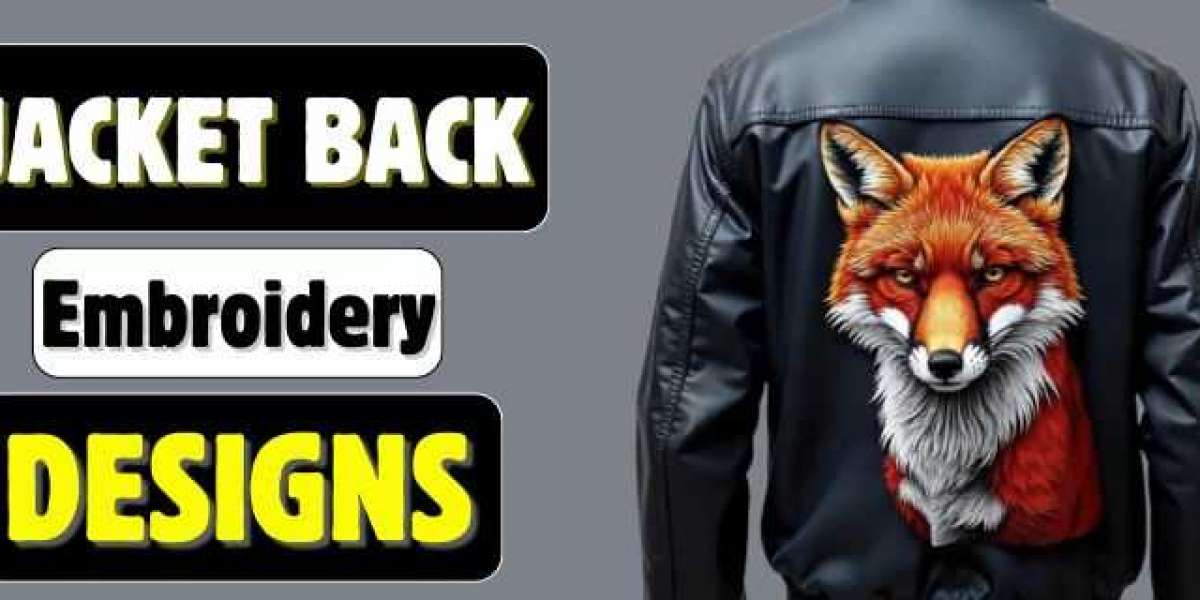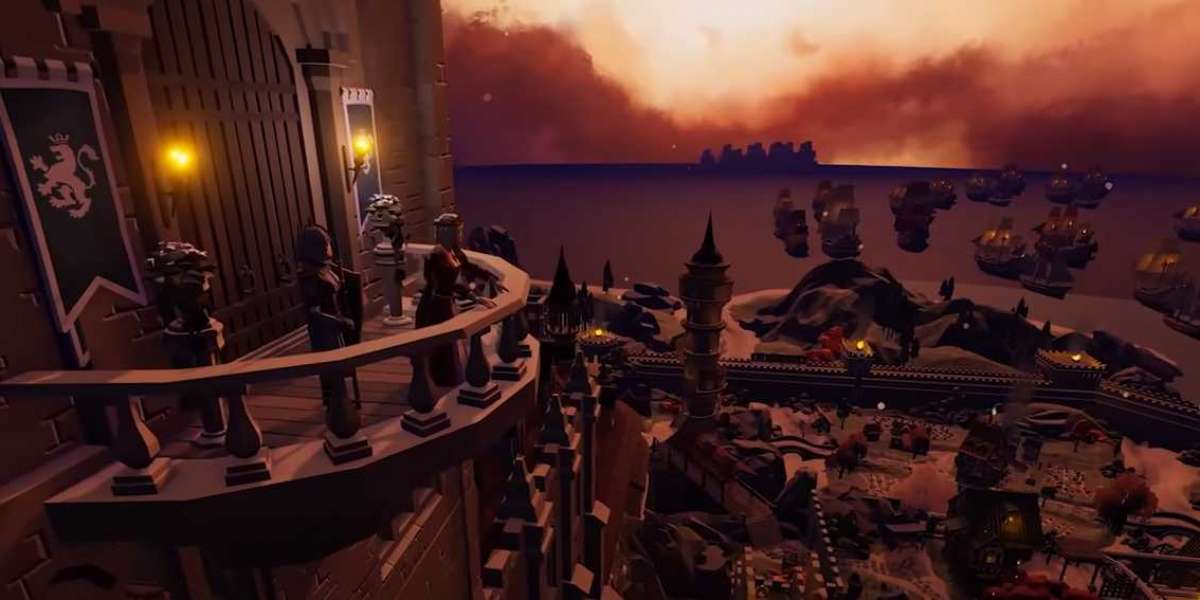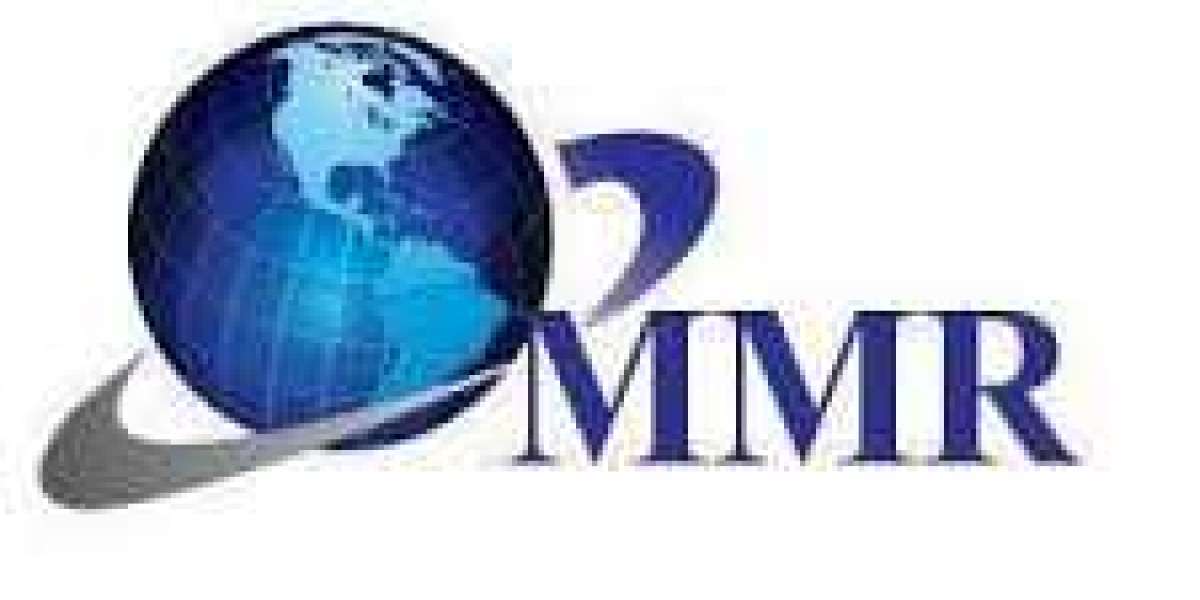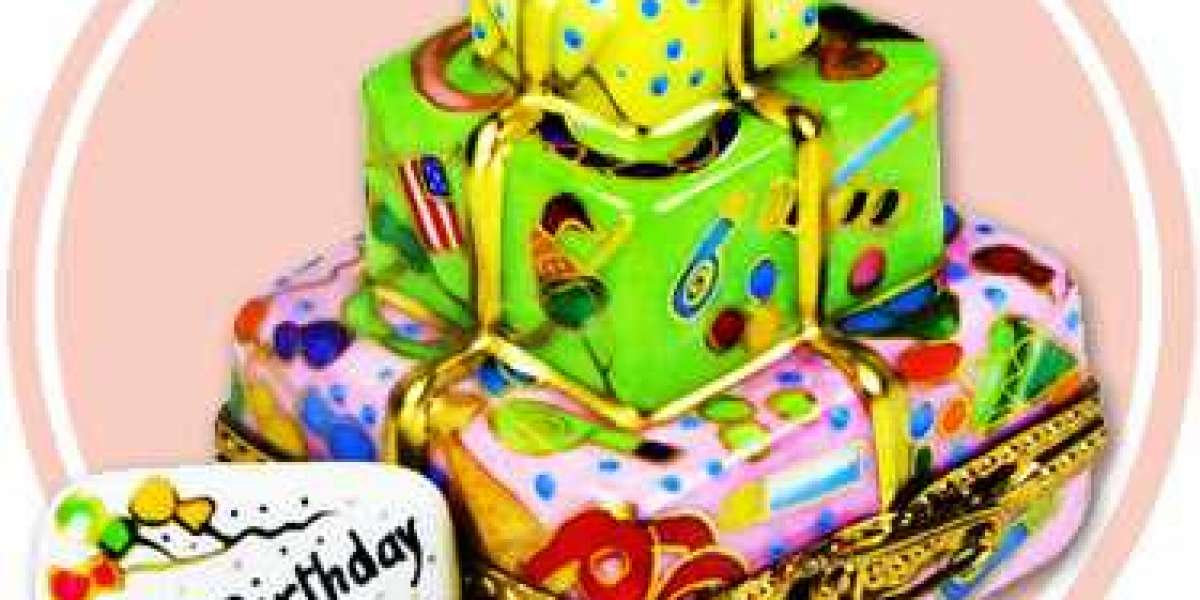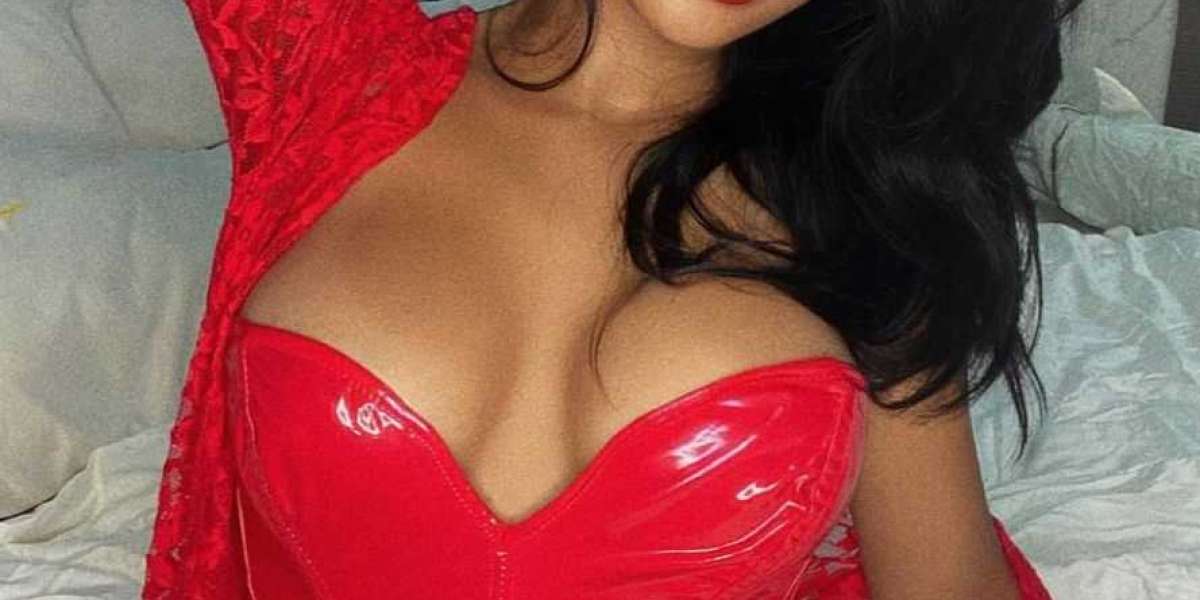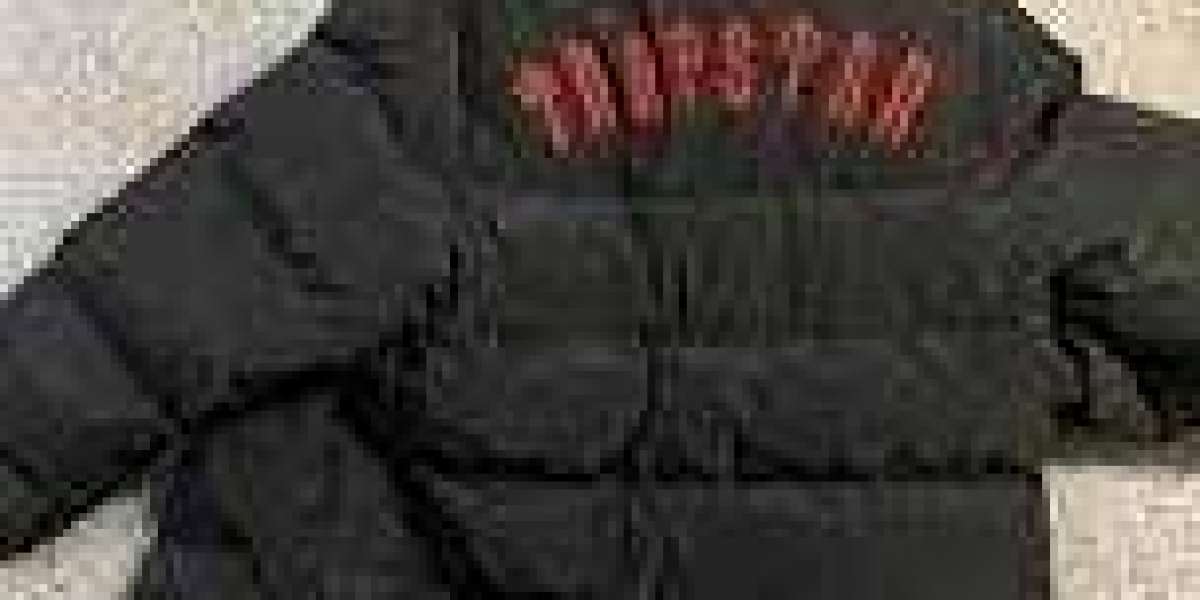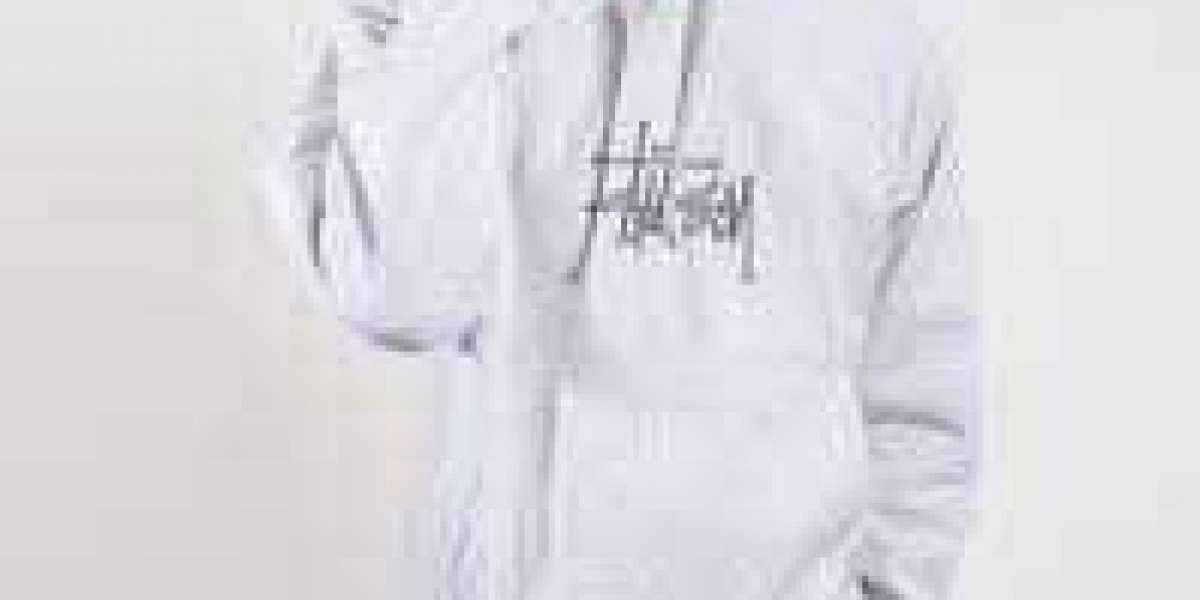Jacket Back Embroidery Designs – Complete Guide from Idea to Stitch
Jacket back embroidery designs are bold, eye-catching, and full of detail. Often they may carry logos, full patterns, and works of art that stand out and make an audacious style statement. Being larger than most embroidery projects, they require careful preparation before the actual stitching process takes place. This procedure starts with digitizing embroidery; it is a way of converting your design into a special format that suits the reading of embroidery machines. In this manual, we will discuss how the embroidery designs for jackets and back are conceived, how digitizing embroidery designs is done, and what ensures the best service.
What Makes Jacket Back Embroidery Designs Special
Jacket back embroidery designs, in contrast with small embroidery patches or logos on shirts, occupy substantial surface areas. These may comprise intricate designs, multiple colors, and lettering. Due to the size of the design, all the details must be clearly defined and properly planned. In the end, if the design is either too dense with stitches or if the placement of the stitches is poorly done, the fabric of the jacket might become stiff or may even get ruined. Hence, a proficient digitizer is quite indispensable in the entire process.
The Role of Digitizing Embroidery
The initial process in the production of a jacket back design is digitizing embroidery. Special software is used in this process to generate a file that instructs the embroidery machine where to position each stitch, what type of stitch to use, and how to switch colors. Even the most beautiful design may become messy when stitched without proper digitizing. In jacket backs, the digitizing should consider expanded stitch areas and high tension of the thread.
How Digitizing Embroidery Designs Are Made
In designing digitizing embroidery on a jacket back, the digitizer begins by examining the original art. They divide the design into parts and select appropriate types of stitches such as satin stitches to use on borders and fill stitches to cover large spaces. The direction of stitches matters as it influences the texture and the shine of the design. The digitizer also determines the density of the stitches so that the fabric is flexible and comfortable.
Choosing the Right Fabric and Thread
The back of most jackets is made of heavy material such as denim, leather or thick cotton. All these materials respond differently to embroidery. As an example, leather requires a spacing of stitches to avoid holes, whereas denim can withstand more concentrated stitches. Good thread also matters in terms of durability and brightness of color. The right fabric, good thread and proper digitizing produce the best results.
Preparing the Design for the Jacket Back
It is advisable to test the file on a similar piece of fabric before stitching the final jacket back embroidery designs. This assists in verifying whether the colors, density of stitches and alignment are accurate. The digitizing stage allows correcting any errors, which saves time and eliminates waste. In large designs, the hooping technique is also important, a stable hoop prevents the fabric to move around during stitching.
The Benefits of Professional Digitizing Services
When you take your jacket back embroidery designs to a professional digitizing service, you can be sure that they will be clean, sharp, and durable. Professionals know how to compensate on stitch density when working with heavy fabrics, how to balance large designs and how to reduce thread breaks. They are also aware of how to make the process of digitizing embroidery designs efficient and this can save time when stitching.
Typical Errors in Digitizing Jacket Backs
A typical error is to have too many little details that are not easily stitchable. Small writing or detailed designs on the back of a jacket may be illegible at a distance. The other error is disregarding the pull and push of the fabric when embroidering. This may make the design to drift and lose its shape. These problems are avoided by proper digitizing.
Cost Factors for Jacket Back Embroidery
Jacket back embroidery is priced by the size of the design, the number of stitches, and complexity. Big designs take more stitches and take longer to produce and use more thread. The cost of a jacket back file can be more than that of smaller projects because digitizing is usually billed separately. Nevertheless, spending on quality digitizing will make the embroidery look professional and last years.
Tips to Beautiful Jacket Back Embroidery Designs
Begin with large, distinct shapes and colors that are in contrast to the jacket material. Do not make the design too crowded with small details. Ensure that the digitizing embroidery file is tested prior to mass production. In the case of text, use thicker fonts that can be stitched in large size and still be readable. Never hire inexperienced digitizers who have no idea what large-format embroidery is like.
Future Trends in Jacket Back Embroidery
New embroidery software and machines are simplifying the production of very detailed jacket back embroidery designs. 3D puff embroidery, metallic threads and gradient color effects are gaining popularity. These trends necessitate sophisticated digitizing of embroidery designs to come up with smooth and attention-grabbing effects. With the advancement in technology, the embroidery of jackets will remain more creative and customizable.
Last Words on Jacket Back Embroidery Designs
Embroidery designs on the back of jackets are a mixture of art and craft to make bold and permanent impressions. Professional digitizing embroidery enables you to convert any artwork into an ideal stitch-ready file. Knowing the mechanics of digitizing embroidery designs will make sure that your jacket design will be sharp, comfortable, and will last. Great embroidery begins with great digitizing, whether it is fashion, branding or personal style.
About the Author
Sew And Grew is a trusted name in embroidery digitizing, delivering high-quality designs that bring creative visions to life. For custom orders or inquiries, contact designs@sewandgrew.com.
